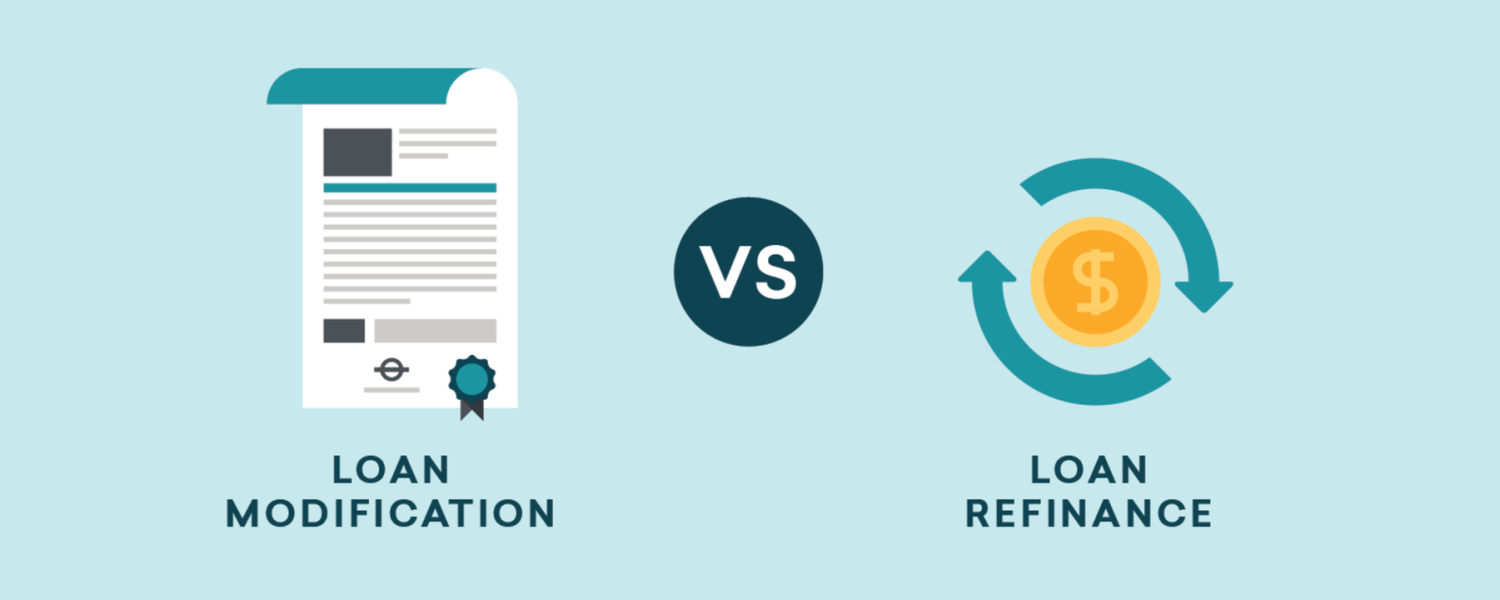
The difference between “Restructuring” and “Refinancing”
In a constantly changing environment, it is important to ensure that your bank and mortgage are keeping up with both interest rate movements and your own personal circumstances.
If not, it may be time for you to change things up as well.
When evaluating your circumstances, there are typically TWO options available:
- Restructuring – (Internally)
- Refinancing – (Externally)
Restructuring (Internally) with your Existing Lender
Reviewing your finances does not always have to result in refinancing to a new lender.
Often, you can restructure your finances with your existing bank, either by contacting them directly or by engaging with a mortgage broker who will liaise with the bank on your behalf.
This can save you both time and money, by avoiding the pains associated with shifting from one bank to another, and the costs involved such as discharge and establishment fees.
By retaining your home loan lending with your current bank and simply asking for a lower rate or switching products, there are several advantages you can enjoy:
- If you are reviewing your finances to enjoy a lower interest rate, you can engage your current lender (either directly or via a mortgage broker), in an attempt to negotiate a discount that the bank may apply to your current interest rate. By negotiating this change internally, you may be able to enjoy a reduced interest rate faster and with less effort than if you were to refinance your lending with a competing bank.
- Even if you are interested in restructuring your lending onto a different home loan product (E.g., you may wish to fix a portion of your home loan, transition from an interest-only to a principal and interest repayment structure, or draw out additional equity from one of your properties), you can still save on discharge and re-establishment fees by staying with your existing lender.
In some cases, you may be able to negotiate both an improved rate and a restructuring of your existing lending (in terms of the loan products and packages you may be on).
Refinancing (Externally) with a New Lender
The alternative to the above is to refinance and take your lending elsewhere.
You may wish to do this when your existing lender:
a) Fails to come to the table in meeting the interest-rate offer of a competing lender.
b) Fails to cater to your desired new loan structure.
As per the above, a common example of when refinancing may be attractive, is a situation in which your existing lender fails to come to the table in meeting the offering of a new lender. Often, the “new-to-bank” rates you will receive from a competitor will far surpass the “retention-pricing”, or “old customer” rates you will receive from your existing lender.
Unfortunately, brand loyalty (and the supposed benefits that come with it) is often a thing of the past…
In addition to the above, another key driver of refinancing with a new lender is the opportunity to renegotiate (and potentially extend) the length of your existing mortgages. By increasing the term of your loans, you will extend the amount of time you have available to repay the loan, and may also be able to increase your borrowing capacity when transitioning. Key to note, however, is that by extending your loan term (even if your new lender offers you a cheaper interest rate), you may ultimately end up paying more interest over the total life of the loan.
Whilst interest rate discounts are largely discretionary and are something that a mortgage broker can assist you with when negotiating with your current bank, the second scenario listed above is often more black-and-white. That is, another reason to refinance may be when your existing lender simply cannot cater to your changing circumstances or your desired new loan structure. These scenarios are more clear-cut, as your current bank may be restricted by credit policy, forcing you to look elsewhere in the market.
Depending on your loan structure with your initial lender, and your desired loan structure with your new lender – you may also be up for several discharge, transfer, and establishment fees when undertaking an external refinance. Some lenders, however, offer “refinance rebates”, which are special promotions designed to cover the costs associated with refinancing your lending from one bank to another, often with some additional cash left over for you to deposit into your back pocket.
In Conclusion
Ultimately, it is important to compare the costs and benefits of refinancing your mortgage externally with those pertaining to restructuring it internally.
When considering the above two options, a mortgage broker will be able to negotiate on your behalf and provide you with a full evaluation of your options. They will do this by assessing your personal circumstances and then aligning these with the current offers available from both your existing lender and from competitors in the broader marketplace.
They will then be able to leverage their networks and expertise to ensure that you are set up with a mortgage structure that offers not only an attractive interest rate but also one which succeeds in meeting all of your personal and financial requirements.
Written by Asher Levitt
With a passion for the property, real estate and financial services sectors, my career saw me working as a Business Analyst for multiple firms before joining Smartmove as a Mortgage & Finance Advisor in 2020. With a range of experience in both Accounting and Property Finance, I look forward to bringing this varied experience to help clients achieve their property and finance goals.




